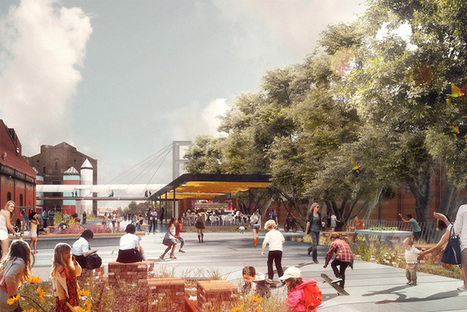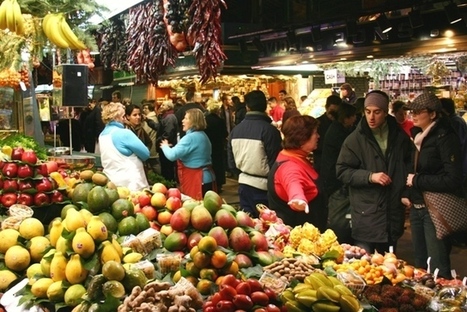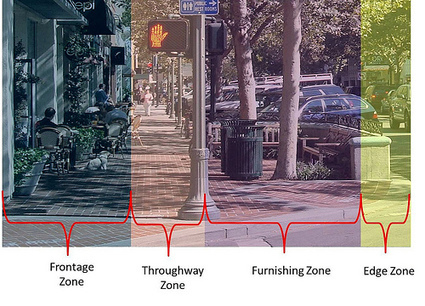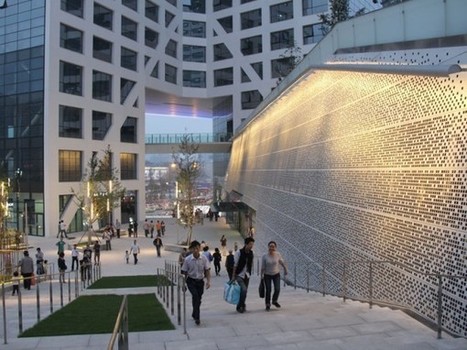Work has begun on stage one of The Goods Line Project, a railway-turned-urban park project connecting Sydney’s Central Station to Darling Harbour.
Located in inner Sydney, the project includes a pedestrian and cycle network, creating a new urban hub and connecting more than 80,000 students, residents and visitors to the harbour’s recreational and pedestrian precinct.
The new corridor is being compared to the High Line in New York City, a public park and walkway constructed on a historic freight train line elevated above the streets of Manhattan’s lower west side...
Via Lauren Moss



 Your new post is loading...
Your new post is loading...















Strategies to improve urban places and liveability